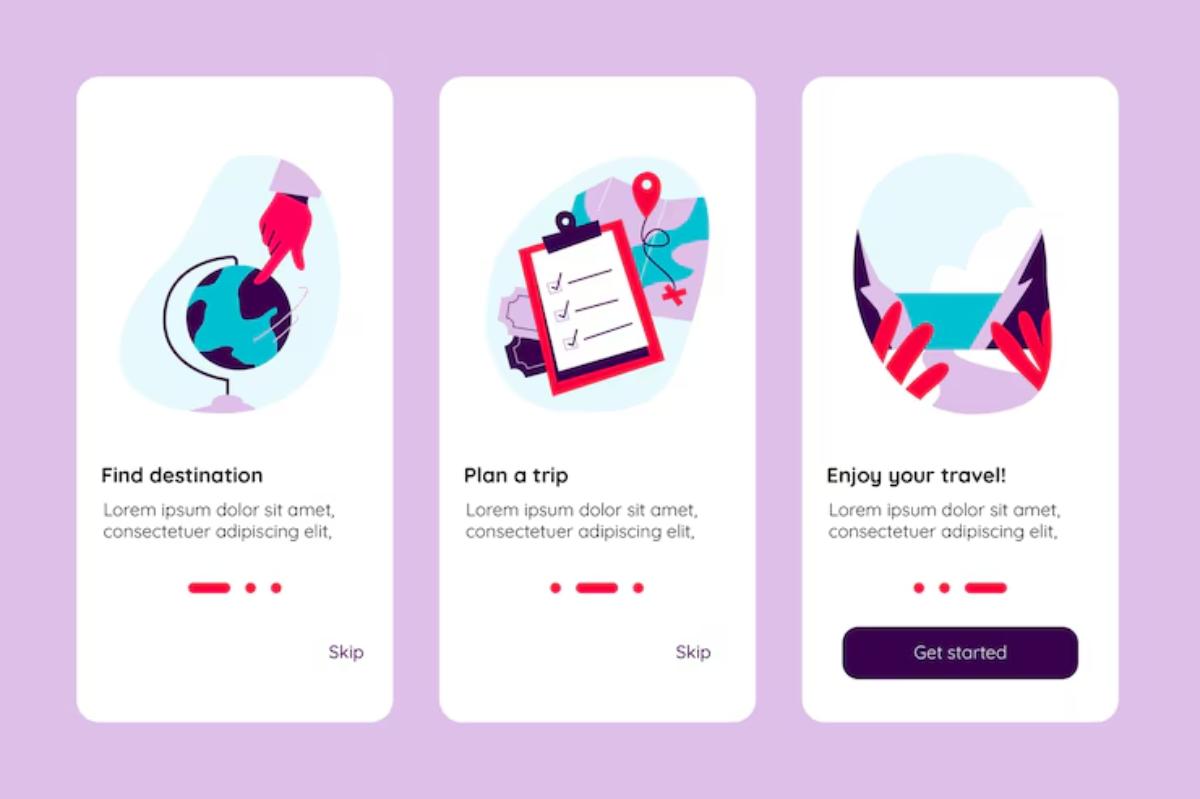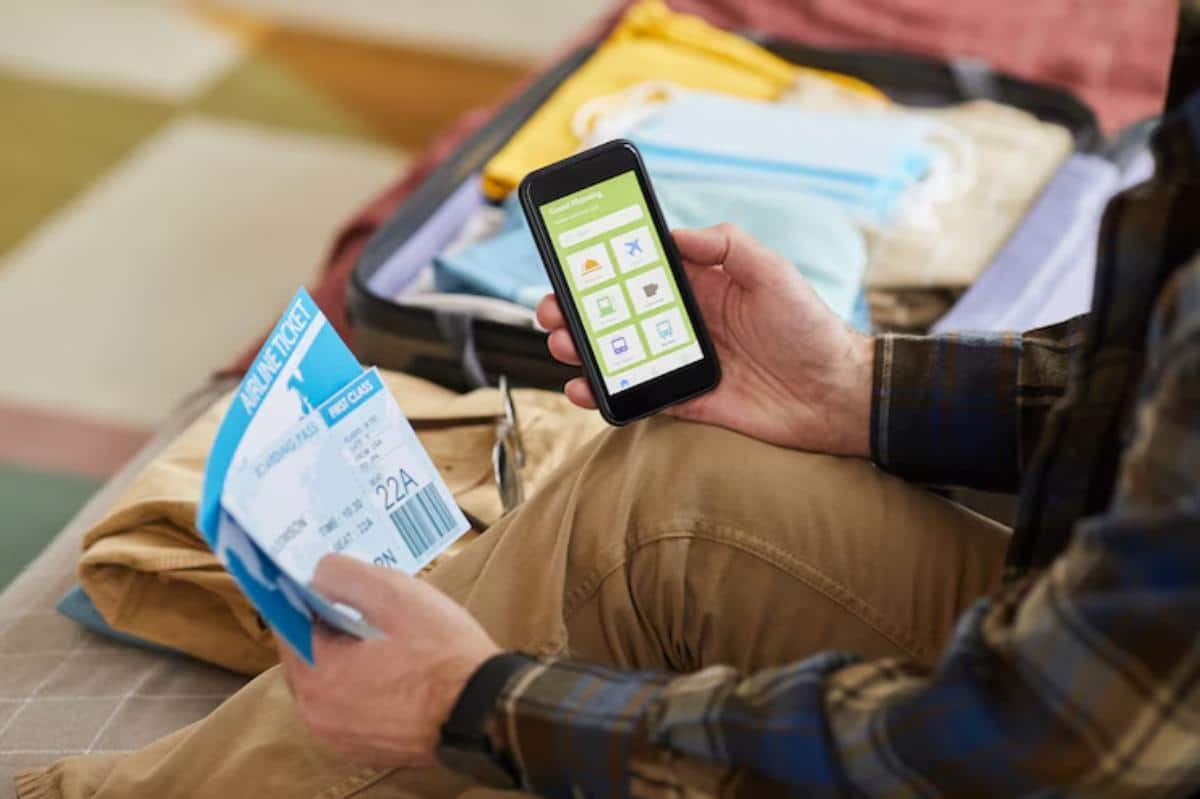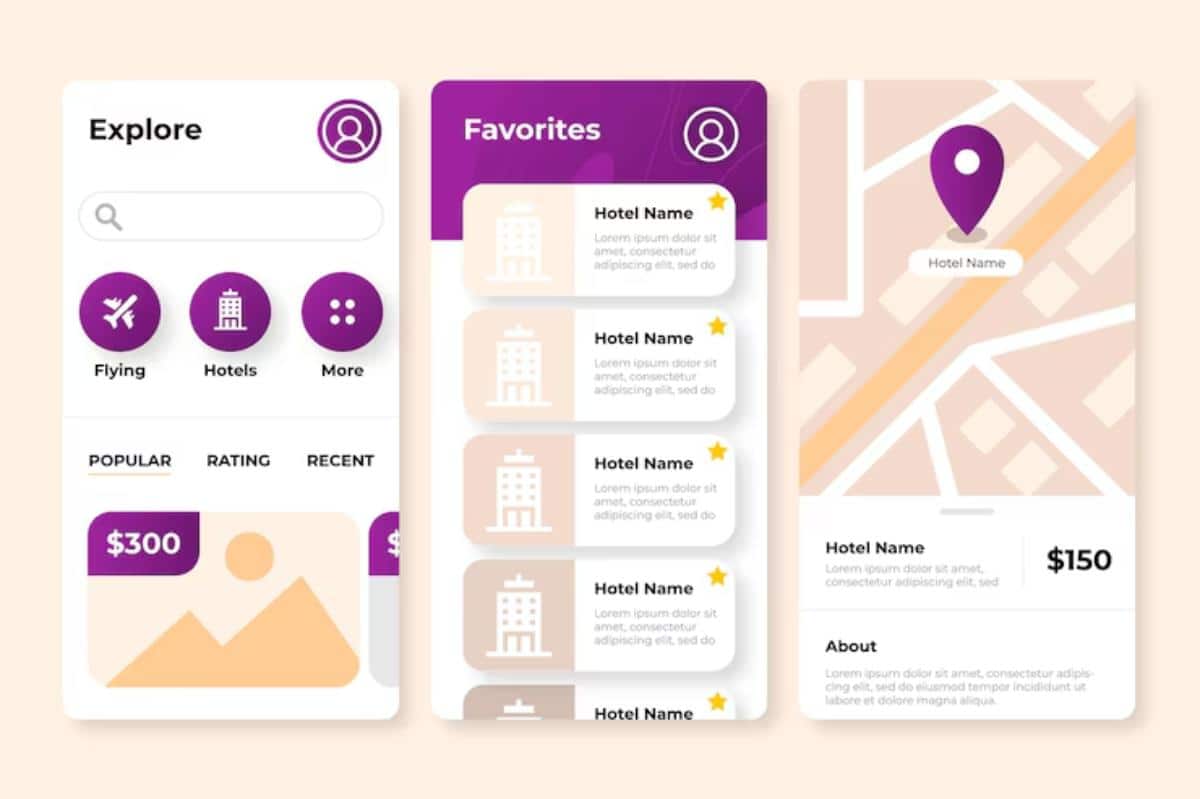
Best Itinerary Apps for Seamless Travel Planning
There’s something magical about travel—the excitement of discovering a new city, the anticipation of trying unfamiliar food, and the simple joy of wandering somewhere unknown. But let’s be honest: the planning part? Not quite so magical.
Enter the unsung heroes of modern travel: itinerary apps 2025. These digital travel companions have quietly transformed chaotic spreadsheets and endless email chains into beautifully organised, stress-free journeys.
If there’s one phrase that sums up the future of travel, it’s this: seamless travel planning.
The Travel Planning Struggle (And the Fix)
Ask any seasoned traveller, and the same confessions emerge. Hours lost toggling between tabs. Multiple versions of “final” schedules. Confirmation numbers buried in inboxes. Travel planning used to feel like a full-time job.
Not anymore. Thanks to cutting-edge travel planning tools, travellers can now build, tweak, share, and manage every detail of a trip from a single app. And the best part? Most apps even think ahead for you.
Consider this a guide to the best trip organiser apps on the market right now.
What Makes an Itinerary App Great?
Before diving into the list, it helps to know what sets the best apart from the rest:
- Ease of use: Nobody wants to battle confusing menus while standing in an airport line.
- Multi-platform access: Plans should sync instantly across devices.
- Real-time updates: Flight delayed? Gate changed? A good app keeps you one step ahead.
- Collaboration tools: Perfect for group trips.
- Offline access: Because not every adventure includes perfect Wi-Fi.
Ready to discover the apps that deliver on all fronts? Let’s explore.
1. TripIt
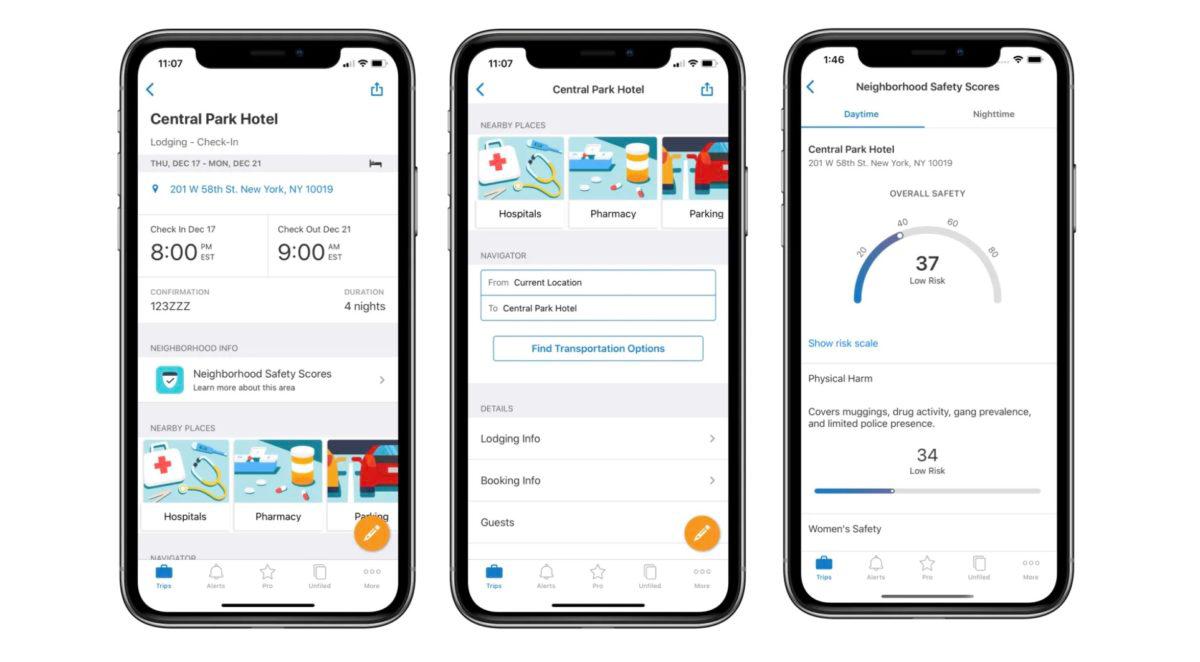
The pioneer of itinerary management, TripIt remains a fan favourite for good reason. Simply forward booking emails to the app, and it creates a master itinerary automatically.
Why It Stands Out:
- Seamlessly organises flights, hotels, car rentals, and dinner reservations.
- Offers real-time flight alerts and seat tracking.
- Works like a travel assistant that never gets flustered.
Those comparing detailed itinerary options between apps should visit Comparing Itinerary Tools: TripIt vs. Wanderlog for a helpful breakdown.
2. Wanderlog
Wanderlog wins big points for travellers who love customisation. It’s both a travel planner and trip journal rolled into one.
Key Features:
- Collaborate with friends and family on a shared plan.
- Add notes, checklists, expenses, and photos along the way.
- Works beautifully offline for those off-the-grid adventures.
Wanderlog also integrates Google Maps routes directly into the trip plan. That “what’s next?” feeling vanishes when every location, reservation, and time estimate is baked right into the schedule.
3. Roadtrippers
For those who believe it’s not just about the destination but the journey itself, Roadtrippers is a must-have.
Why People Love It:
- Plots the perfect road trip with curated stops along the route.
- Suggests quirky roadside attractions, national parks, and local diners.
- Offers collaboration tools for friends planning caravan-style trips.
This is the app for travellers chasing backroad magic rather than racing to the next city.
4. Sygic Travel
Sygic Travel caters to travellers who crave details. It’s part guidebook, part itinerary planner.
What It Offers:
- Over 20 million global places pre-loaded.
- Download maps and travel guides for offline access.
- Estimate travel times between attractions.
It’s like walking around with a local expert in your pocket.
5. Google Travel
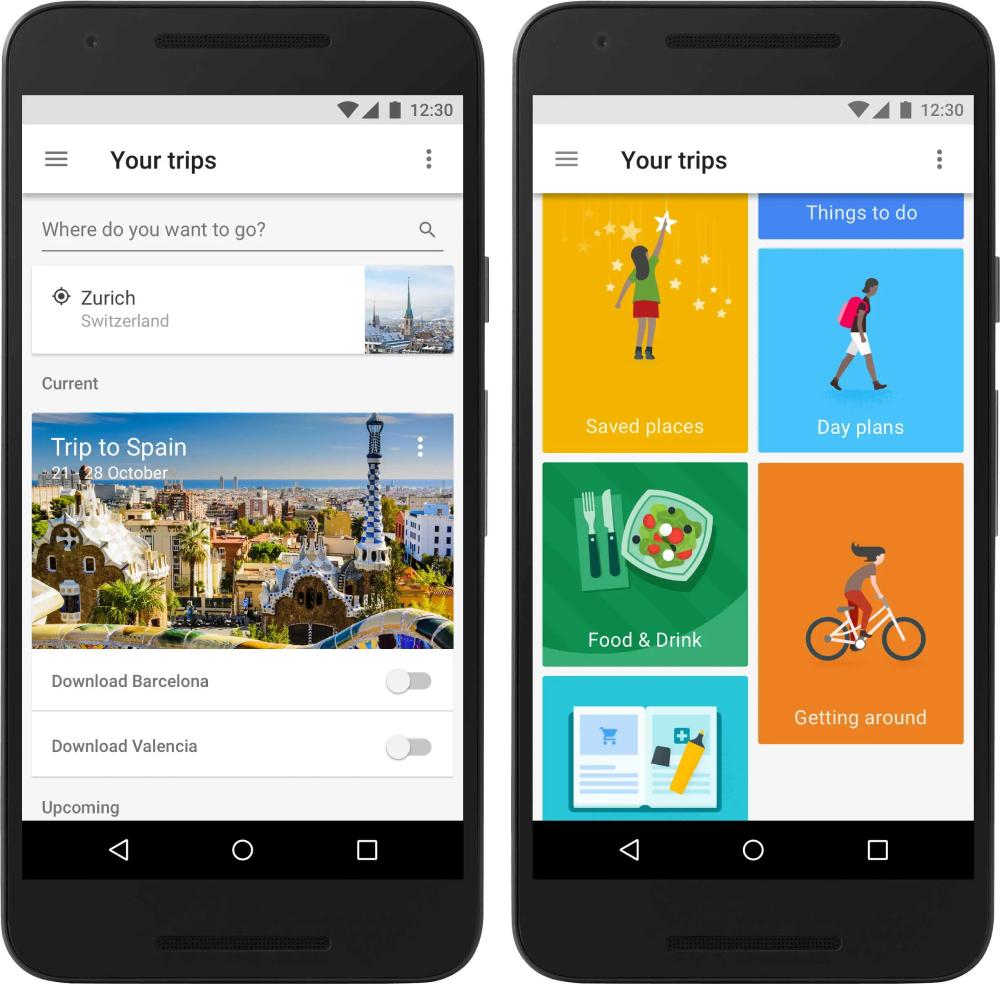
Though not as flashy, Google Travel has quietly become a reliable travel sidekick.
Best Bits:
- Automatically pulls flights, hotel bookings, and activities from Gmail.
- Offers suggested day plans based on location and interests.
- Integrates tightly with Google Maps and Calendar.
For minimalists who want one central hub, Google Travel checks almost every box.
6. TripCase
TripCase deserves a spot for its thoughtful business-travel focus.
What Sets It Apart:
- Real-time notifications on gate changes, cancellations, and delays.
- Ability to share trip details easily with colleagues or family.
- Expense tracking and receipt organisation features.
It’s tailor-made for frequent flyers needing sleek, no-fuss planning.
7. Kayak Trips
Kayak Trips combines flight search with itinerary management in one place.
Why It Works:
- Syncs bookings from almost any travel provider.
- Notifies users of price drops post-booking (a very nice bonus).
- Allows travellers to explore trip possibilities before committing.
For travellers looking to plan and book within the same app, Kayak is worth exploring.
8. TripHobo
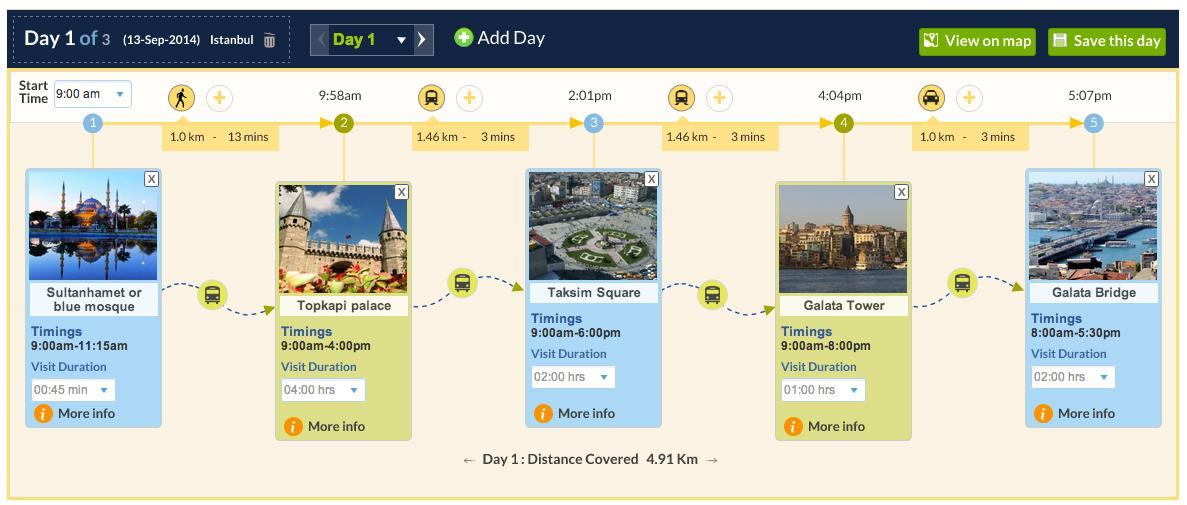
TripHobo is a hidden gem, especially for multi-city adventures.
What Users Appreciate:
- Suggests realistic travel times between destinations.
- Allows for drag-and-drop day planning.
- Offers city guides and hotel booking tools.
TripHobo removes the guesswork when trying to squeeze multiple destinations into one flawless journey.
How to Choose the Right App
The best travel planning tools are the ones that fit the style of the traveller. A quick cheat sheet might look like this:
| Traveller Type | Best App |
| Minimalist planner | Google Travel |
| Road trip enthusiast | Roadtrippers |
| Frequent business traveller | TripCase |
| Group trip organiser | Wanderlog |
| All-in-one power user | TripIt |
| Offline explorer | Sygic Travel |
| Budget-conscious deal hunter | Kayak Trips |
| Complex multi-city planner | TripHobo |
The Rise of AI in Travel Planning Apps
The newest generation of itinerary apps 2025 includes smart assistants that suggest activities based on weather, travel patterns, personal preferences, and even crowd levels. Some can rebook missed connections or advise against attractions closed for renovations.
It’s clear that the future of trip organiser apps lies in pairing automation with personalisation.
For a deeper dive into where this technology is headed, visit The Future of Travel: AI-Powered Itinerary Optimisation and see what’s just around the corner.
Pros and Cons of Using Itinerary Apps
Pros:
- Saves hours of manual research and note-jotting.
- Reduces the risk of missed bookings or overlooked details.
- Makes group travel exponentially less frustrating.
- Frees up mental space to focus on enjoying the journey.
Cons:
- Too much structure can sometimes stifle spontaneity.
- Some premium features are locked behind paywalls.
- Heavy reliance on an app can be risky if tech glitches occur abroad.
The trick? Use apps to streamline logistics and leave room for serendipity.
Embrace the Tools, Enjoy the Adventure
The real beauty of travel lies in the unexpected—the charming little café stumbled upon by accident, the breathtaking view not listed in any guidebook, the conversation with a local that leads to an impromptu adventure.
The best itinerary apps 2025 don’t replace these moments; they simply remove the friction and worry that once surrounded them. Travellers gain more energy, time, and freedom to fully experience the magic of exploration.
So go ahead. Let the apps handle the paperwork. Let spontaneity guide the rest.

